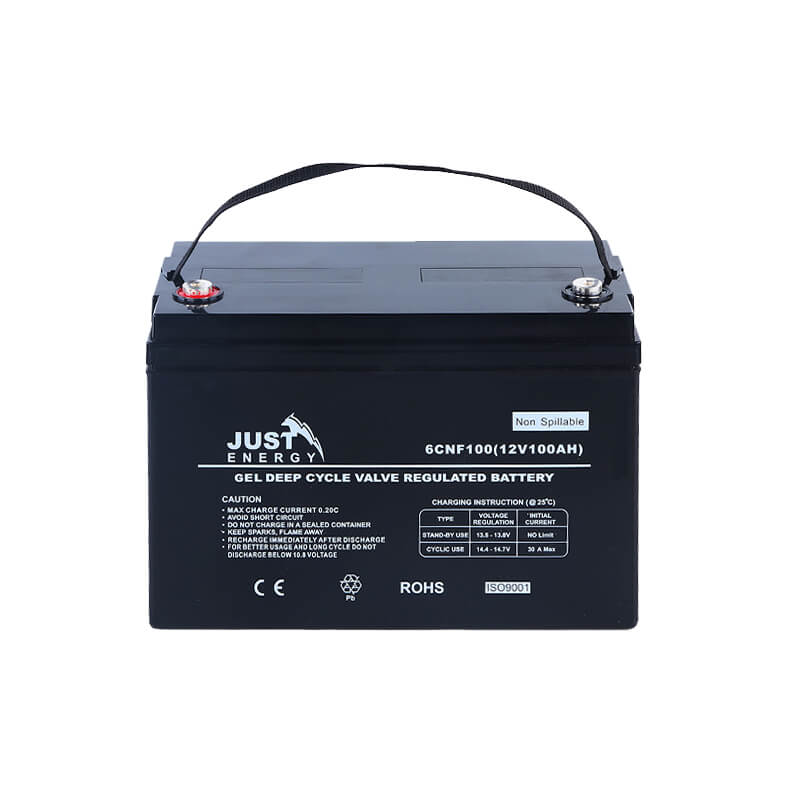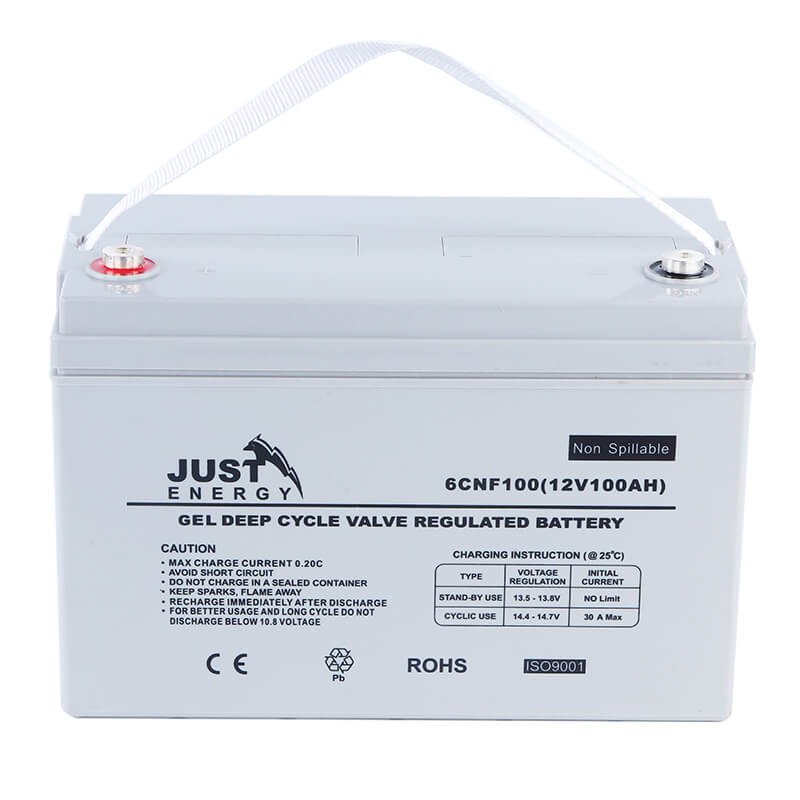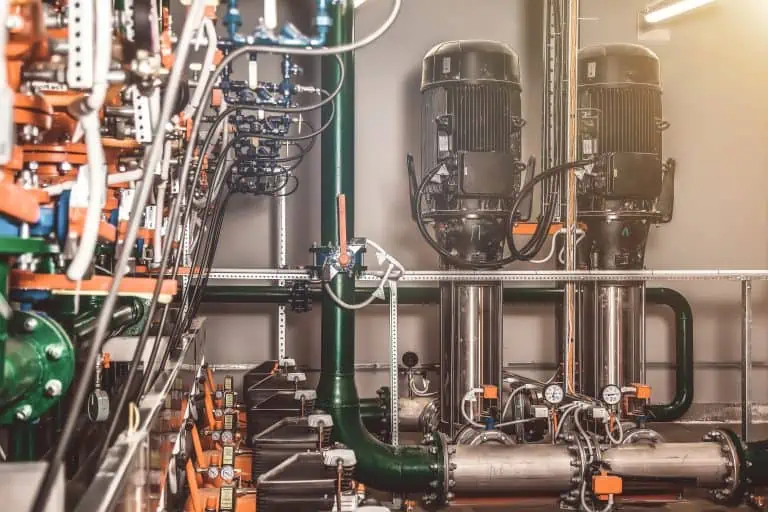Introduction to lead-acid battery
A lead-acid battery is a widely used rechargeable battery. They are commonly used in equipment such as automobiles, motorcycles, UPS, etc. A lead-acid battery is a chemical battery that uses the reaction between lead in an electrolyte and lead oxides to generate electricity.
A lead-acid battery consists of one or more cells, each cell including a positive electrode, a negative electrode, and an electrolyte. The positive electrode is made of lead oxide, the negative electrode is made of pure lead, and the electrolyte is usually sulfuric acid. As the battery discharges, ions in the sulfuric acid move between the electrolyte and the electrodes, creating an electric current. When a battery is charged, the direction of current flow is reversed and ions move from the electrodes to the electrolyte.
The advantages of lead-acid batteries are that they are relatively cheap, easy to manufacture, and highly reliable. They also work over a wide temperature range and are relatively durable. However, lead-acid batteries also have their disadvantages, such as their relatively low energy density, high weight, and the need for regular maintenance, including fluid level checks and recharging.
The structure and composition of lead-acid battery
A lead-acid battery consists of many cells, each with its own specific structure and composition.
Each battery cell consists of a positive electrode, a negative electrode, and an electrolyte. The positive electrode is made of lead oxide, while the negative electrode is made of pure lead. The electrolyte, usually sulfuric acid, is the medium that moves ions through the battery.
The positive electrode is usually made of lead oxide, and there are two types: plate positive electrode and grid positive electrode. Plate-positive electrodes are made from lead plates coated with lead oxide, while grid-positive electrodes are made from lead mesh and then coated with lead oxide. Mesh-positive electrodes are typically used for high-current applications, while plate-positive electrodes are used for low-current applications. The negative electrode is made of pure lead, and there are also two types: plate negative electrode and mesh negative electrode. Similar to positive poles, mesh negative poles are also commonly used for high current applications, while plate negative poles are used for low current applications.
The electrolyte is a very important part of lead-acid batteries. It’s usually sulfuric acid, at a concentration of 30-50%, and moves ions between the electrolyte and the electrodes, creating an electric current.
Lead-acid batteries have other important components such as separators and casings. Separators are used to isolate adjacent battery cells and prevent short circuits between them. The casing is used to protect the inside of the battery from damage and provide structural support for the battery.

How lead-acid batteries work
Lead-acid batteries work by converting chemical energy into electrical energy.
During discharge, ions in the sulfuric acid move between the electrolyte and the electrodes, creating an electric current. Lead oxide in the positive electrode will be reduced to plumbate, while pure lead in the negative electrode will be oxidized to plumbate. This reaction converts chemical energy into electricity, while the battery loses some of it.
During charging, the direction of current flow is reversed and ions move from the electrodes to the electrolyte. This reduces the plumbate at the negative electrode to pure lead, while the plumbate at the positive electrode is oxidized to lead oxide. This process converts electrical energy into chemical energy, while the battery is charged.
The Advantages of lead-acid batteries
1. Low cost: Compared with other rechargeable batteries, the cost of lead-acid batteries is relatively low, which makes them widely used in automobiles, motorcycles and UPS, and other fields.
2. High current output: Lead-acid batteries can provide high current output, which makes them popular in applications that require high energy density.
3. Durable: Compared with other batteries, lead-acid batteries have a relatively long lifespan. This is mainly because they have a relatively simple chemical structure.
4. High reliability: Lead-acid batteries are designed so that they can work well under extreme temperatures, which makes them very reliable in some special applications.
5. High safety: Compared with other rechargeable batteries, lead-acid batteries have a low risk of explosion, which makes them widely used in many applications with high safety requirements.
Maintenance of Lead-Acid Batteries
In order to ensure the long life and safe use of the battery, regular maintenance, and necessary safety measures are required. maintain:
Charging: Lead-acid batteries require regular charging to ensure their performance. When the battery is discharged, it should be charged immediately. It is best to use the appropriate charger and charging method to charge.
Cleanliness: The terminals and terminals of lead-acid batteries should be kept clean and dry. Clean the battery terminals with warm water and mild detergent, making sure to dry them after washing.
Liquid level check: The liquid level of lead-acid batteries should be checked periodically to ensure that the liquid level is within the proper range. If the fluid level falls below the proper level, distilled water should be added to restore the fluid level.
Periodic inspection: Regularly check the appearance and voltage of the lead-acid battery to ensure that it is working properly. If the battery casing is found to be damaged or severely corroded, the battery should be replaced.
Although lead-acid batteries have been around for a while, they are still the main choice in many applications. With the continuous development of technology and the emergence and popularization of new battery technologies, lead-acid batteries will also face more and more competition. However, in the short term, lead-acid batteries will continue to play an important role, especially in applications such as automobiles, motorcycles, and UPS.






